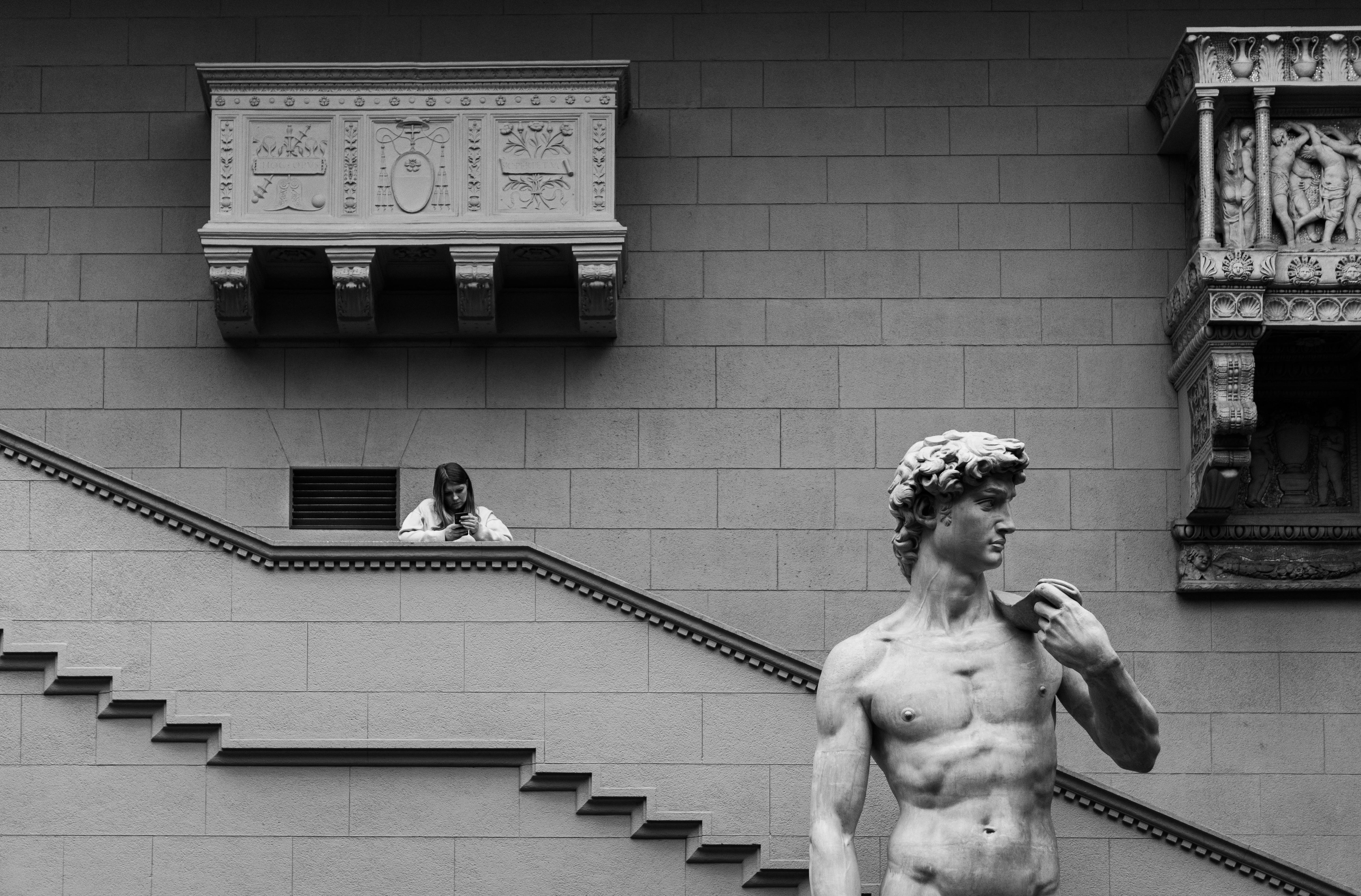Are you an artist looking to showcase your work to a wider audience and potentially attract potential clients? In this article, you will discover the essential steps and strategies to effortlessly create and manage a successful online art portfolio. From selecting the right platform to curating your artwork effectively, we will guide you through the process of setting up an impressive online presence that highlights your unique artistic style and captivates your audience’s attention. Whether you are a seasoned artist or just starting to explore your creative talents, this article will provide you with valuable insights to help you thrive in the digital art world.

Choosing the Right Platform
When it comes to showcasing your artwork online, it’s crucial to choose the right platform that aligns with your artistic style and goals. Consider the type of artwork you create, whether it’s paintings, digital art, photography, or sculptures, as different platforms cater to different types of artwork. Researching different platforms is essential to find the one that suits your needs best. Look into their features and functionality, such as customization options, mobile responsiveness, and ease of use. Don’t be afraid to try out different platforms or ask for recommendations from fellow artists before making your final decision.
Organizing Your Artwork
Once you have chosen the platform for your online art portfolio, it’s time to organize your artwork in a way that is visually appealing and easy to navigate for visitors. Start by categorizing your artwork into different collections or series based on themes, techniques, or mediums. This helps visitors to browse through your portfolio and find artwork that interests them. Additionally, tagging your artwork with relevant keywords allows for a more refined search experience. Arrange your portfolio in a logical and aesthetically pleasing manner, ensuring that each artwork receives the attention it deserves.
Creating Engaging Content
To capture the attention of potential art buyers and art enthusiasts, it’s important to create engaging content for your online art portfolio. Include high-quality images of your artwork, preferably showcasing different angles or close-up details. This allows viewers to appreciate the intricacies of your work. Write compelling descriptions for each artwork, providing insights into your inspiration, the techniques used, and the emotions you aimed to convey. This storytelling aspect adds a personal touch to your portfolio and helps viewers connect with your art. Additionally, provide information such as the dimensions, medium, and availability of each artwork to assist potential buyers in their decision-making process.
Optimizing for Search Engines
To ensure that your online art portfolio is discoverable by a wider audience, it’s important to optimize it for search engines. Identify relevant keywords that potential art buyers might use when searching for artwork similar to yours. Incorporate these keywords naturally within your portfolio’s content, including titles, descriptions, and tags. Another important aspect of optimization is adding alt tags to your images. Search engines can’t read images, so alt tags provide descriptions of the images, making them accessible to search engines. Finally, optimize your meta descriptions, which are the short snippets that appear in search engine results. Writing concise and engaging meta descriptions can entice users to click through to your portfolio.

Promoting Your Portfolio
Creating an online art portfolio is just the first step; you also need to promote it to reach a wider audience. One effective way to do this is by sharing your portfolio on social media platforms like Instagram, Facebook, and Twitter. These platforms allow you to reach a large number of potential viewers and engage with them through comments and shares. Collaborating with other artists can also be beneficial. Consider participating in virtual exhibitions or joining art communities where you can cross-promote each other’s work. Additionally, attending art events and exhibitions provides opportunities for networking and showcasing your portfolio to art enthusiasts and professionals.
Connecting with Your Audience
Building a connection with your audience is crucial for establishing a loyal following and potential sales. Engage with comments and feedback on your portfolio and social media channels. Responding promptly and genuinely to questions or compliments shows your dedication and appreciation for your audience’s support. Offering personalized art commissions is another way to connect with your audience on a more intimate level. By providing customized artwork based on their preferences, you can create a deeper and more meaningful connection with your buyers. Moreover, providing behind-the-scenes insights, such as your creative process or inspirations, allows your audience to feel more connected to you as an artist.

Monitoring Performance and Analytics
To ensure the success of your online art portfolio, it’s important to monitor its performance and analyze user behavior. Tracking website traffic using analytics tools provides valuable insights into how visitors are discovering and interacting with your portfolio. Analyzing user behavior, such as the most viewed or shared artworks, can help you understand what resonates with your audience and guide your content creation. With these insights, you can optimize your portfolio based on what is working and make informed decisions to improve user experience and increase engagement.
Managing Sales and Transactions
If you intend to sell your artwork through your online art portfolio, setting up an online store is a crucial step. Choose a platform that offers secure and user-friendly e-commerce features to make the buying process seamless for your customers. Offering various payment options, such as credit cards, PayPal, or digital wallets, caters to different buyer preferences and increases the likelihood of completed transactions. It’s essential to ensure secure transactions by using reputable payment gateways and implementing SSL encryption to protect sensitive customer information.
Updating and Refreshing your Portfolio
Keeping your online art portfolio up to date is important to keep viewers engaged and showcase your latest work. Regularly adding new artwork demonstrates your growth as an artist and gives your audience something fresh to explore. On the other hand, removing outdated or sold pieces helps maintain a focused and curated portfolio that reflects your current artistic style and vision. Sometimes, revising and improving your existing content can be beneficial as well. By fine-tuning your descriptions or updating images, you can present your artwork in the best possible light.
Protecting Your Artwork
Protecting your artwork from unauthorized use or infringement is crucial in the digital age. Watermarking your images adds a layer of protection by making it more difficult for others to claim your artwork as their own. Copyrighting your artwork provides legal protection and establishes your ownership rights. Consider registering your artwork with copyright agencies or including copyright notices on your portfolio. Monitoring and reporting infringements is also important. Regularly search for your artwork online to identify any unauthorized use and take appropriate action to protect your rights.
Creating and managing a successful online art portfolio requires careful consideration and attention to detail. By choosing the right platform, organizing your artwork effectively, creating engaging content, optimizing for search engines, promoting your portfolio, connecting with your audience, monitoring performance and analytics, managing sales and transactions, updating and refreshing your portfolio, and protecting your artwork, you can showcase your talent and artistic vision to a wider audience while ensuring a seamless and enjoyable user experience.





